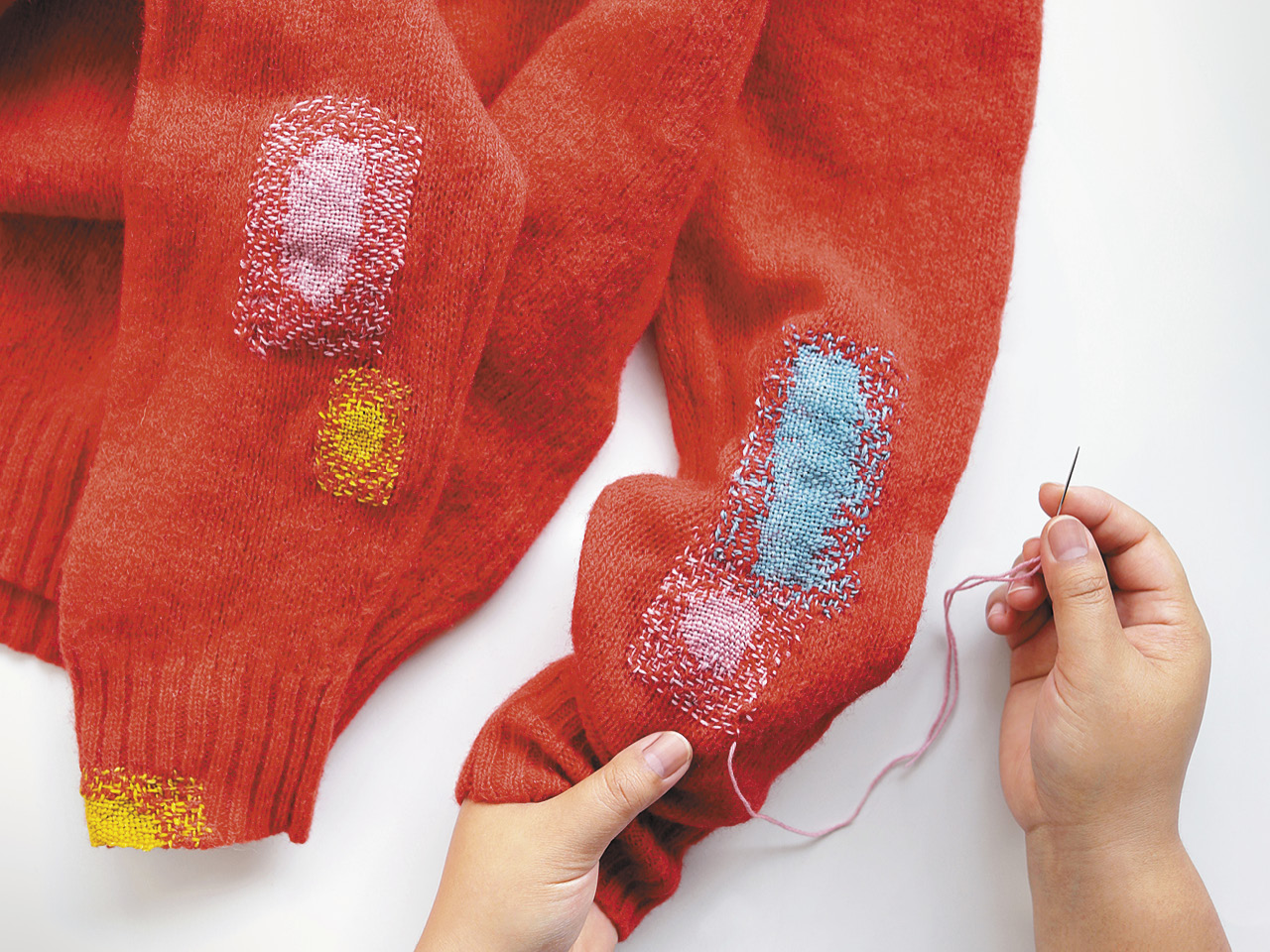-
Thrifting and Secondhand Shopping
Thrifting involves shopping for secondhand clothing and accessories in thrift stores, consignment shops, or online resale platforms. It helps to reduce the demand for new clothing and decreases the amount of textile waste.
-
Buy Versatile Pieces
Invest in high-quality clothing items that can be styled in multiple ways. Look for classic and timeless pieces that can be mixed and matched to create various outfits. This reduces the need to constantly buy new items.
-
Repair and Upcycle
Learn basic sewing and mending skills to repair clothing rather than discarding it when it gets damaged. Upcycling involves transforming old or unused clothing items into something new and unique.
-
Reduce Impulse Buying
Avoid making impulse purchases. Take the time to consider whether you really need an item and if it aligns with your personal style and wardrobe. This can help reduce unnecessary purchases.
What Next?

Preventing fast fashion and making more sustainable fashion choices as consumers is an important step towards reducing the negative social and environmental impacts of the fashion industry. Here are some actions we as consumers can take: